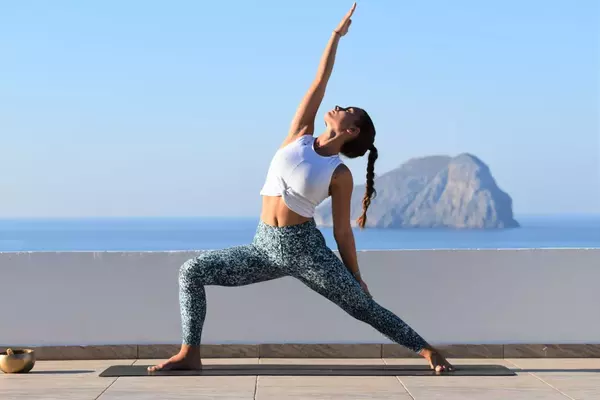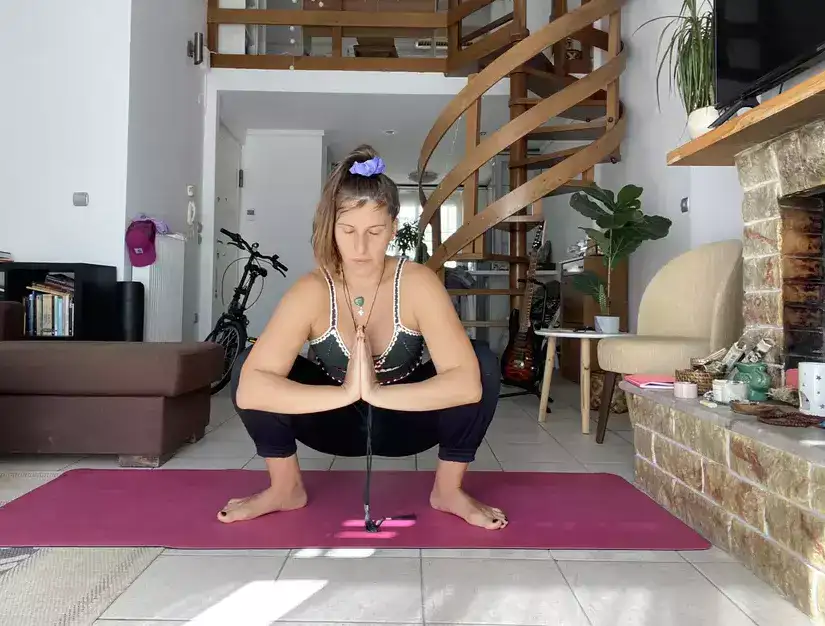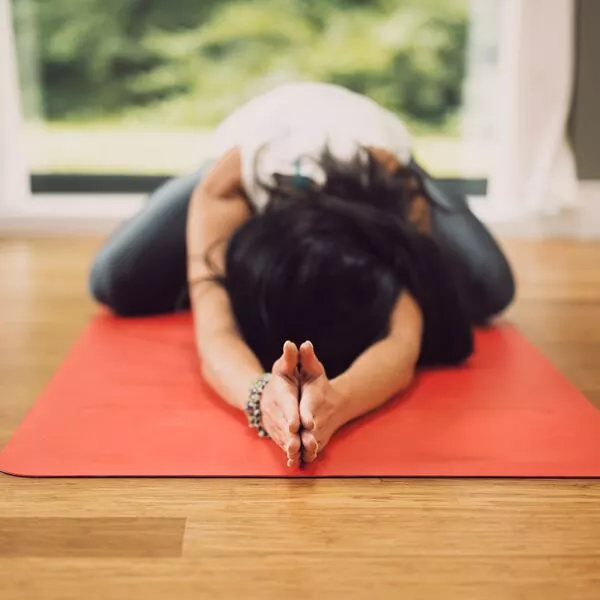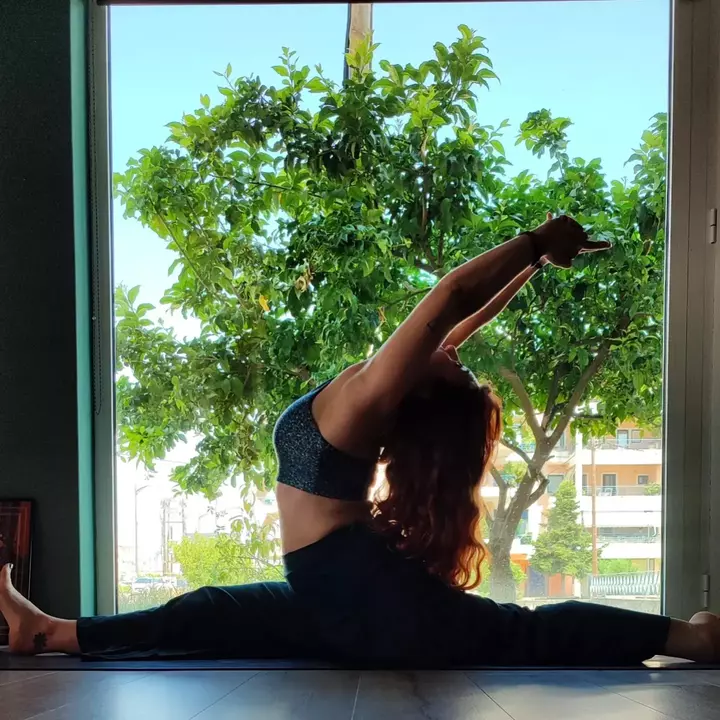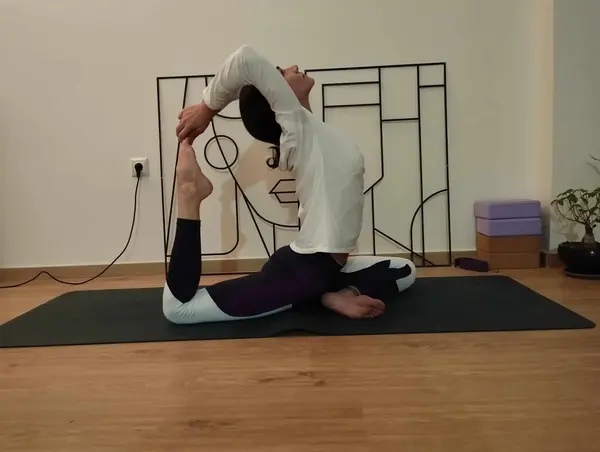What is MS?
It is an autoimmune disease that affects the functioning of the central nervous system (brain and spinal cord). More specifically, the immune system attacks the protective sheath (myelin) that covers the nerve fibres and causes communication problems between the brain and the rest of the body. Eventually, the disease manages to destroy the nerves with a total impact on the patient's body and organs (Michalis Thermopoulos, iatropedia.gr).
There is no exact aetiology or pathogenesis, but an interaction between genetic and environmental factors is thought to be the catalyst for the development of the disease. It usually manifests itself in people aged 20- 40 years, i.e. at the most productive stage of life, leading to a wide range of functional impairment and disability. In terms of gender, women seem to predominate over men with a ratio of 2:1 (Gourzoulidou P. Efthimia, 2008). Furthermore, it characterizes the white race, to a lesser extent the yellow and black races and is more common in people living far from the equator. Research suggests that reduced exposure to sunlight, which correspondingly leads to reduced production of vitamin D, may to some extent explain the geographical distribution of the disease. Finally, it is not considered hereditary, however there is a predisposition. Nevertheless, it is rare to be inherited from parent to child (Koutsouraki S. Efrosini, 2014).
In the last 20 years there has been an increase in the number of cases of MS both in Greece and worldwide, due to factors such as better information of citizens, accurate diagnosis and the increasing average survival rate of patients (health.in.gr).
Symptoms and treatment
There is no typical MS and symptoms depend on the areas of the central nervous system that are affected. Each patient has a different set of symptoms, which change from year to year in severity and duration. Indicatively, a patient may present with:
- Visual disturbances: blurred vision, optic neuritis, double vision, involuntary, sudden eye movement, rarely total vision loss
- Balance and coordination problems: loss of balance, tremor, unsteady gait, vertigo, limb clumsiness, loss of coordination due to cerebellar lesions
- Spasticity: muscle tone alternation, muscle stiffness, spasms, painful cramps at night
- Changes in sensation: tingling, numbness, burning sensation, muscle pains
- Speech disorders: slow speech, inability to find words, stumbling speech, hesitant articulation, changes in speech rhythm, difficulty swallowing
- Fatigue: debilitating fatigue disproportionate to the activity, inability to concentrate
- Bladder and bowel problems: frequent and urgent urination with incomplete emptying of the bladder, constipation
- Sexual disorders: impotence, decreased arousal, loss of sensation
- Sensitivity to heat
- Emotional disturbances: short-term memory loss, distraction, impaired judgment, thinking and emotion, depression, depreciation and lack of self-esteem (physiokinesis.wordpress.com)
Based on the above symptoms, MS is a disease that affects both the body and the soul of the person suffering from it. It equally affects his professional, family and social life. Therefore, its treatment should be holistic. The treatment programme that is usually followed combines medication with physiotherapy. The basic principle of the body is "use it or lose it". For this reason, the physiotherapy plan should be designed according to the patient's wishes and expectations and at the same time allow the maintenance of a decent lifestyle (Sakellariou Konstantinos, iatronet.gr).
Yoga as an ally against multiple sclerosis
Yoga, and specifically therapeutic yoga, is a holistic model of physical therapy not only for musculoskeletal injuries but also for chronic conditions. What is special about it is that it is for everyone and can be adapted to each person according to their individual needs and capabilities. Even beyond the physical benefits, on a mental level it removes stress and psychological disturbances, bringing about calmness, mental clarity, better sleep and greater breathing range (Anahata Yoga Manual, 2016).
A study conducted by Rutgers University in the USA shows that yoga contributes to a better quality of life for multiple sclerosis patients, as it significantly suppresses pain and fatigue but also enhances patients' wellbeing levels. Specifically, 15 women aged between 34-64 years old with mild MS disability participated in a pilot study at the university, which lasted a total of 8 weeks. Some of the women had received a diagnosis of the disease in the last two years and others had been battling the disease for over 20 years. The sessions were held twice a week and lasted 90 minutes. At the end of the trial, the 15 women were able to cover longer distances by walking and had better balance and motor coordination. Their quality of life also improved in terms of key mental health indicators. The results of this study were presented on September 26, 2014 at the Yoga Research Symposium held at the Kripalu Institute in Massachusetts (onmed.gr).
On the other hand, the patient can equally experience the benefits of meditation. By following specialized relaxation and meditation techniques, he will be able to overcome many challenges, such as being in an MRI (magnetic resonance imaging) machine, during injections or infusions, during flare-ups while remaining calm and focusing mainly on meetings of with the doctor. The professor Allen C. Bowling summarizes in his book "Optimal Health with Multiple Sclerosis" (2014): "Meditation is an easy and low-cost treatment that provides medical benefits without the use of pharmaceutical substances. Studies show that it can help relieve stress, anxiety, depression, fatigue, insomnia, pain and cognitive problems. It can also improve self-esteem and feelings of self-control. More generally for health, meditation can lower blood pressure and improve blood glucose control.” (nationalmssociety.org).
Therapeutic yoga
For MS patients, who live daily the effect of the symptoms of the disease on their body and by extension on their soul, the practice of yoga is certainly a big challenge in itself. However, with the right guidance from qualified teachers and with the necessary adjustments in postures combined with aids such as pillows, belts, blocks and chairs, immediate relief can be achieved. The frequency of treatment is determined by several parameters, of which the patient's psyche is very important. For this reason, the therapist-yoga teacher needs to listen to the practitioner, breathe with them, be in sync energetically, and radiate confidence and optimism.
The treatment plan can be adjusted each time depending on the stage of the disease and the capabilities of the patient. The postures-exercises can be done in a standing, lying down or sitting position either in a chair or in a wheelchair. There are specific sequences of exercises designed for each symptom e.g. fatigue, constipation, problems with digestion or balance. Balance, for example, can be improved with poses such as Tadasana, Virabhadrasana I, Virabhadrasana II, and Trikonasana (yogajournal.com). Fatigue respectively with Uttanasana, Paschimotanasana, Ardha Matsyendrasana I, Savasana and finally the use of Nadi Sodhana Pranayama without holding (B.K.S. Iyengar, Light on Yoga). Also, due to the "heat" factor during the practice-therapy, frequent breaks and the execution of restorative postures in combination with relaxing pranayama are very important.
In addition to the exercises, therapeutic yoga aims to deal with anxiety attacks, panic attacks and depression. Research shows that meditation is as effective as stopping antidepressants and anxiolytics (onmed.gr). Guided meditation techniques can lead directly to concentration and relaxation of the mind. Repeating a sound, focusing the gaze on an object e.g. candle flame, or being aware of breathing slowly and gradually harmony will come internally.
Epilogue
Finally, it should be made clear that yoga does not cure the disease but helps the patient to use his body in the best possible way. It is considered a complementary treatment focusing mainly on ensuring his autonomy and self-care. Often, the collaboration of other medical specialties is imperative to deal with the other problems that accompany MS. Nevertheless, it requires patience, good preparation and planning in its conservative treatment, as well as good coordination of all involved.
“Yoga teaches us to cure what need not be endured and endure what cannot be cured.”
– B.K.S. Iyengar
Signed by Pepi Fyssa.
BIBLIOGRAPHY
Anahata Yoga Manual, Νοέμβριος 2016
Bowling C. Allen, (2014). «Optimal Health with Multiple Sclerosis», Demos Medical Publishing, New York
Iyengar B.K.S., (2015) Light on Yoga, Harper Collins Publishers, London
Loren M. Fishman M.D., Eric L. Small (2007) «Yoga and multiple sclerosis: a journey to health and healing», Demos Medical Publishing, New York
Gourzoulidou P. Efthymia, (2008). "Plaque sclerosis in the region of western Greece-Epidemiology of the disease and clinical study of sufferers", University of Patras, Department of Medicine
Koutsouraki S. Efrosyni, (2014). "Multiple Sclerosis", Aristotle University of Thessaloniki, Department of Medicine
http://health.in.gr/news/epidemiology/article/?aid=1231250702
http://www.iatropedia.gr/ygeia/sklirynsi-kata-plakas-ta-proima-symptomata-tis-ekfylistikis-nosou-entopiste-ta-noris/58345/








